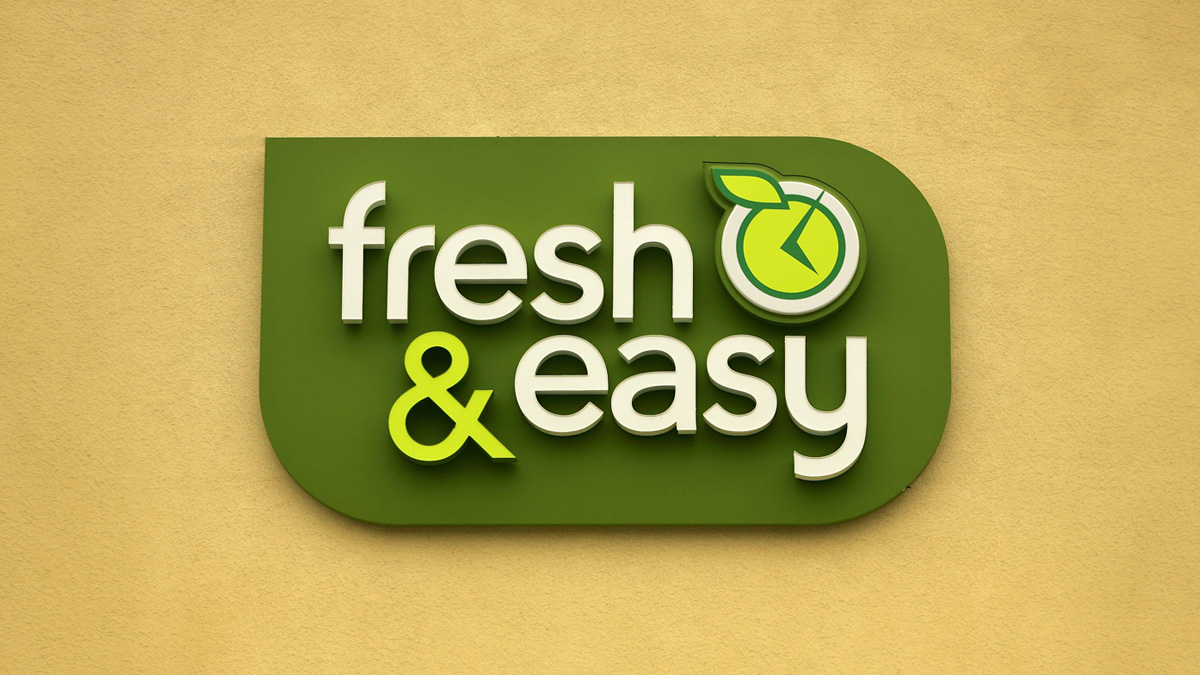The rise of the chief of staff
The role of a chief of staff is often misunderstood as a glorified executive assistant, but it offers far more strategic value

Do you really know what a chief of staff is? You may think you do, but the reality is that a common view of the position is essentially that of a glorified Executive Assistant (EA). But what exactly is a chief of staff and is it worth having in your business? We find out…
“The chief of staff role has been around for thousands of years,” explains Dora Nagy, an executive coach to CEOs and chiefs of staff. “It originally came from the military; they were the person who made sure that the soldiers had what they needed, they knew the strategies for attack etc. The position made its way into politics, and then into business and start-ups.”
That’s all fine and good, but when we’re living in the age of embellished job titles, what makes the chief of staff role stand out from the crowd and prove its got longevity in a business context? To find out, there’s only one place to start.
What is a chief of staff?
Essentially a chief of staff is someone who helps a company to run better. They work in many different types of jobs and are important in making sure everything runs smoothly. Their job can be different depending on the sector and size of the business they work in, but they usually help teams work together, talk to people, and make sure everyone is working towards the same goals.
They also help other important people in the company like the president, department head, or, most commonly, the CEO. It’s important for a company to find the right chief of staff because they can make a big difference in how well the company does. However, as Marianne Whitlock, director at Strategic PA Recruitment says, “the job description is more of a guide for the chief of staff role.”
“Someone once described the chief of staff role to me as someone who does the bottom half of their principal’s to-do list,” says Euan Godbold, director of strategy at The Chief of Staff Association. “If you’re starting a company, or if you’re scaling quite aggressively and going through Series C for example, as a CEO, finding someone who could do the bottom half of your to-do list is a gem.”
The chief of staff is a key cog in the wheel of an organisation. What does this actually look like in action? We found out from Elle Martin, chief of staff at The Convivia Group. “My role is working closely with the CEO and the executive team. I aid with the day-to-day running of the business and need to have a really good understanding of the CEO and the overall business’s objectives and what we’re trying to achieve.”
Martin continues: “The responsibility and the weight of running a successful business are huge on a CEO, so I ensure that they’ve got enough time to really focus on the very important key tasks, and making sure that everything else gets delivered.”
However, the chief of staff role has the ability to do much more than meets the eye, especially in a company that is still working to establish its hierarchy. “As you grow, it’s likely you won’t have a full C-Suite early on,” says Max Bray, former chief of staff at Generation Home and Founders Forum Group.
“A good chief of staff will come in and fill in the gaps of an organisation. They may be your CMO for a while until you’ve hired someone to fill that position. As you get bigger and those C-Suite positions are filled, the chief of staff role will then evolve to fill the cracks that remain, and fix those that emerge in the business.”
What kind of person thrives in a chief of staff role? As the former London chapter head of the Chief of Staff Network, Max Bray knows the profile very well. “Emotional intelligence for me is the key factor for a chief of staff,” he explains. “One of the reasons I loved running the Chief of Staff Network so much was because the kind of people who do it are great. Generally, they have high emotional intelligence and are get-shit-done people.”
Is a chief of staff just a glorified EA/PA?
Executive assistants (EA), personal assistants (PA) and chiefs of ctaff are important in helping executives be as efficient and effective as possible. The positions have a lot of things in common, like being organised, careful, dependable, and being good at getting along with other senior members of an organisation.
Even though the roles involve helping the executive, there are some big differences. Broadly speaking, the chief of staff role is more about planning and making important decisions, while the EA job is more about handling smaller tasks and details.
Elle Martin explains: “In the chief of staff role, you work with the CEO and the executive team, but a little more autonomously than an EA or PA typically would. I’ve heard someone describing the chief of staff role as that of a traffic controller. It’s not just about diary management and correspondence, it’s taking a more holistic approach to the business and the needs of the CEO and the executive team.”
The chief of staff role can be taken a step further than that. “I would say the difference between an EA or PA and a good chief of staff,” says Euan Godbold, “is that a good chief of staff can be a proxy for their principal. A chief of staff is generally comfortable going into board meetings or meetings with clients because the CEO will trust them to act on their behalf.”
One of the most common misconceptions about the difference between the roles is that an organisation must pick between an EA/PA and a chief of staff. “The EA/PA and chief of staff roles coexist beautifully,” explains Sarah Howson, former C-Suite executive assistant and founder of Strategic PA.
There are several factors at play as to whether it’s worth having both roles filled, such as the size of a company and the overall time and resource demands on the executive team. “From a recruitment side,” Howson continues, “it’s about doing research into the company and what they want. It’s all about fit. These are such ‘people’ roles and there’s a real need for the high EQ, so it’s more than a skillset.”
It’s also important to note that the chief of staff is not a linear job role. As Dora Nagy explains, there is a spectrum when it comes to a chief of staff: “The way I explain it is that you have a range between one and 10. In that range, you have one, which is, as people would say, a glorified EA/PA. They’re basically not just doing calendaring and travel, but they maybe do some project management, some coordination, and other administrative tasks.”
“Then you get all the way to 10 on the spectrum,” Nagy continues, “which is somebody who could equally take a COO role, because based on their experience, background and strength, they are able to run strategy and operations for the company. The type of chief of staff you need will be dependent on the stage of your company. The chief of staff that you’d find under a vice-president of sales in a large established company would be very different to the chief of staff working with a first-time founder at a Series A-level.”
What size company should consider a chief of staff?
This is a key question that many leadership teams will be asking, however, as you quickly realise, the answer isn’t as simple as you’d think. “I wouldn’t necessarily say there is a defined sweet spot or moment where you definitely need a chief of staff, I’d say it’s probably context and business dependent in that way,” says Euan Godbold. “But when you find yourself as a CEO absolutely sapped of all bandwidth, and there are critical tasks that need to be done, but they’re number 10 on the to-do list, that’s when you need to start thinking about, ‘do I need a chief of staff to support me in this role?’”
Ann Hiatt, a leadership consultant for scaling tech companies and author of the best-selling book Bet on Yourself, agrees and doesn’t believe that the sweet spot hiring for a chief of staff necessarily correlated to growth stage.
“When a company is small, a CEO can be focusing on vision and implementation at the same time. However, when you’re in this fast scale of growth, where you’re doubling in market share revenue, and the number of employees is rapidly rising and it’s all hands on deck, a CEO may need an additional implementer to be there representing them, because you just physically can’t be in all places at once.”
What is the profile of companies currently looking to recruit a chief of staff? Marianne Whitlock from boutique recruitment agency Strategic PA Recruitment, which works across all business sectors matching high calibre experienced chiefs of staff to clients from entrepreneurs and directors to CEOs, explains the trend they are seeing. “From our experience, it’s generally companies that have got funding; they’ve been through a Series B or Series C funding round, they’ve had an injection of cash and an accelerated growth plan. In effect, they’re looking for an assistant CEO.”
Sarah Howson concurs: “I think a chief of staff is great for businesses that are experiencing high or exponential growth. The CEO is only one person and only has a finite number of hours in the day. The chief of staff is there to partner and maximise efficiencies.”
Is the chief of staff role here to stay?
The Chief Happiness Officer was a role that rose to prominence during the pandemic but has largely gone the way of the Dodo. Is the chief of staff role a flash-in-the-pan fad poised to suffer the same fate?
Imagine you’ve never tried a curry before. You ignore the poor hygiene rating of your local curry house and decide today’s the day to sample the food you’ve heard so much about. At random and glossing over the three-chilli heat warning, you pick a Phaal off the menu and wait with eager anticipation. 24 hours and several trips to the bathroom later, you may be tempted to write off the cuisine as a whole for the sins of a single meal. The reality is that the chief of staff role gets a similar bad name in many business circles.
Most of the success of the role is down to your relationship with your chief of staff. “There’s this great book called The Hard Thing About Hard Things by Ben Horowitz,” says Ann Hiatt. “In it, he says there are only two emotions as an entrepreneur: terror and euphoria.
“As a CEO, you need to be able to share both ends of that spectrum with your chief of staff. It’s a very vulnerable relationship. I was chief of staff for [Google founder] Eric Schmidt for nine and a half years, and I know I was successful in that role because he was a completely open book.”
With the business world’s obsession with the habits and practices of celebrity CEOs, maybe it’s time to consider taking a leaf out of Schmidt’s book and consider a chief of staff to help your business? The reality is that the role never existed at Google before Ann Hiatt got the inspiration for it from a rather interesting source.
“I invented the chief of staff role at Google,” explains Hiatt. “Schmidt was the executive chairman at the time, and we were in meetings constantly with lawmakers and spent a lot of time in the White House during Obama’s administration. I saw this role of chief of staff and I just thought, ‘That is a lot of what I’m doing’. So, I detailed the benefits of the chief of staff role with Eric.
“He believed it was a powerful idea and I said, ‘Let’s do an experiment. For a year I’m going to start making certain decisions for you, I’m going to be meeting with some of your senior vice-presidents on your behalf, and I’m going to come to you with my thoughts and observations and recommendations. After a year, I’m hoping I’ll have honed those instincts enough that I can take a huge chunk of things off your plate.’ He agreed and the experiment began.”
As they say, the rest is history. Just how effective was this newly minted role for one of the biggest organisations on the planet and its leader? “Eric was a spectacular CEO in his own right,” says Hiatt, “but after a year of having me as chief of staff, Eric said he had 10x his contributions to the organisation.”



